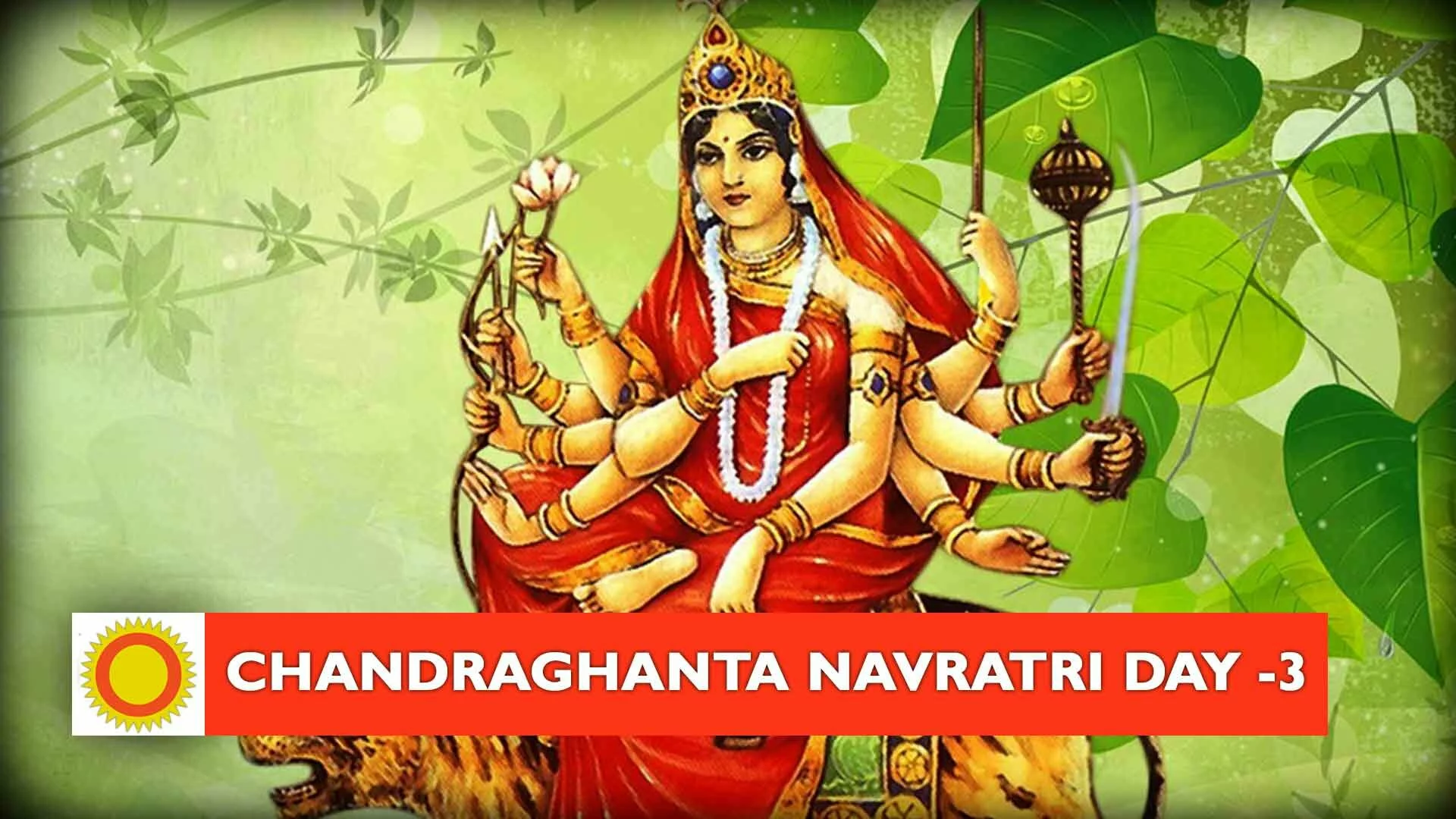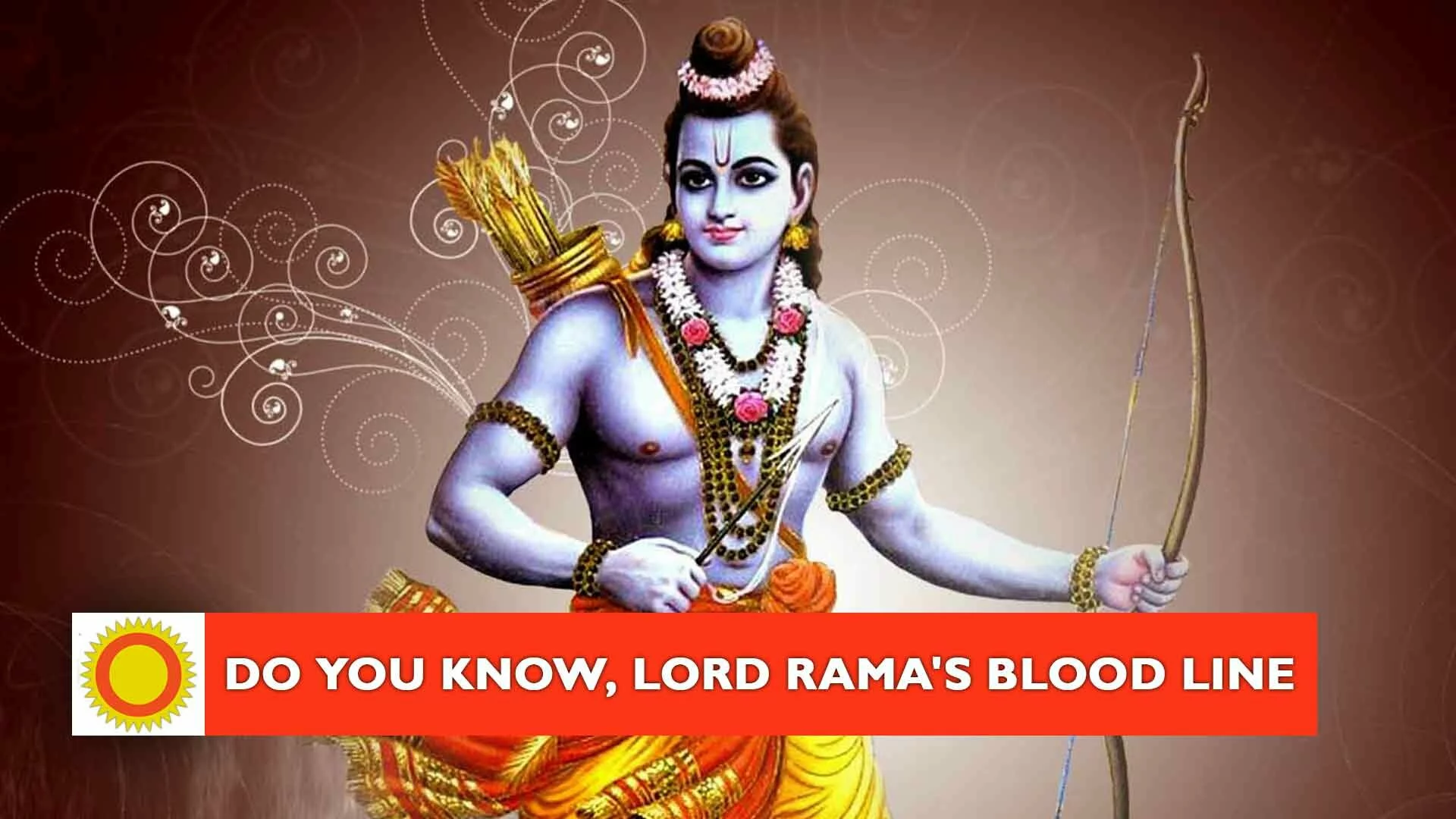One of the most visible external symbols of Hindu identity is the mark that many of us wear on our forehead. Origin of this practice is unclear. But, in ancient times, when the Varna system predominated, people used to apply tilaks differently that represented their Varna. Brahmins applied a white chandan mark signifying purity. Kshatriyas wore a red tilak that signified their valour. Vaishyas wore a yellow (usually turmeric) tilak which signified prosperity as they were traders. The Sudras applied a black tilak representing their service to all the above three Varnas. But later, the tilaks were used to denote which Sampradaya one belongs to. The worshippers of Lord Vishnu wore a tilak in the shape of ‘U’ (also called Naamam). The worshippers of Lord Shiva wore Bhasma/Vibhuthi in three horizontal lines (also called Tripundra). The lines and the color used may vary from region to region and from sect to sect. The area in which the mark is applied is between the eyebrows, called the Ajna Chakra. This is the point that most schools of Hinduism consider the entry and exit point of our jivaatma (soul). Scientifically, this Ajna Chakra area is often cited as the seat of thinking, concentration and memory. It is also the area which gets heated during stress and tension. Applying the tilak (generally using Chandan) has a cooling effect and aids concentration. In modern time, red tilak (Kumkum) is widely used by women. Considered a symbol of Goddess Parvati, it signifies female energy and is believed to protect women and their husbands. There is an interesting incident in the Ramayana regarding the significance of Kumkum. One day as Sri Jankidevi, wife of Lord Rama, was adorning her forehead with Sindur, Hanuman asked her, “Mata, why do you put this red thing on your head?” Sri Jankidevi replied, “By applying this, my swami (husband) will live long.” Since Hanuman is a Parama-bhakta of Sri Rama, he thought that if a pinch of Sindur could make his master’s life long, a whole lot of it would make him live much longer. So he rubbed it all over his gigantic body! Well, even if the origin of the practice is unclear, the above incident in Ramayana makes it clear that the practice existed even during (or may be, well before) the Treta-yuga, in which Sri Rama lived.
You may also like
Chandraghanta navratri day -3
After Maa Shailaputri and Maa Brahmacharini, Goddess Chandraghanta will be worshipped on the third day of Navratri falling on September 23, 2017. The ten-day long festival of Sharad Navaratri began on September 21 and...
Improper use of power
Improper use of power In the initial part of the Mahabharata, birth of Karna is detailed. Kunti, the princess was the mother of Karna. One day Durvasa paid a visit to Kunti’s palace. Durvasa is known for his short...
Brahmacharini-Navratri-Day-2
Sharad Navaratri 2017 began on September 21 (Thursday) with most states except West Bengal doing Ghatasthapana Puja on Pratipada to invoke Maa Shakti. After revering Devi Shailaputri on the first day, the devotees gear...
Do you know, Lord Rama’s blood line
Sharad Navaratri 2017 began on September 21 (Thursday) with most states except West Bengal doing Ghatasthapana Puja on Pratipada to invoke Maa Shakti. After revering Devi Shailaputri on the first day, the devotees gear...
Celebration of Navratri
The word "Navaratri" is a conjunction of two words "nava" (meaning "nine") and "ratri" (meaning "night"). Spread over 9 nights...






